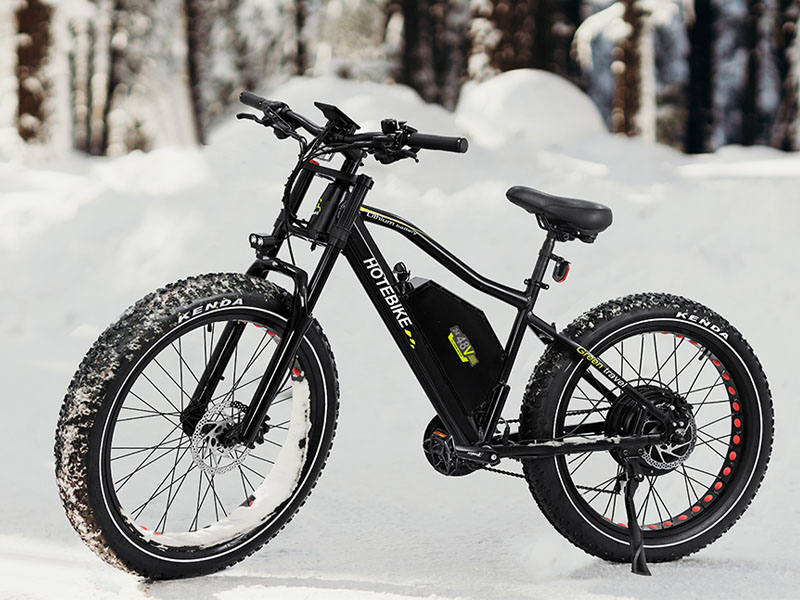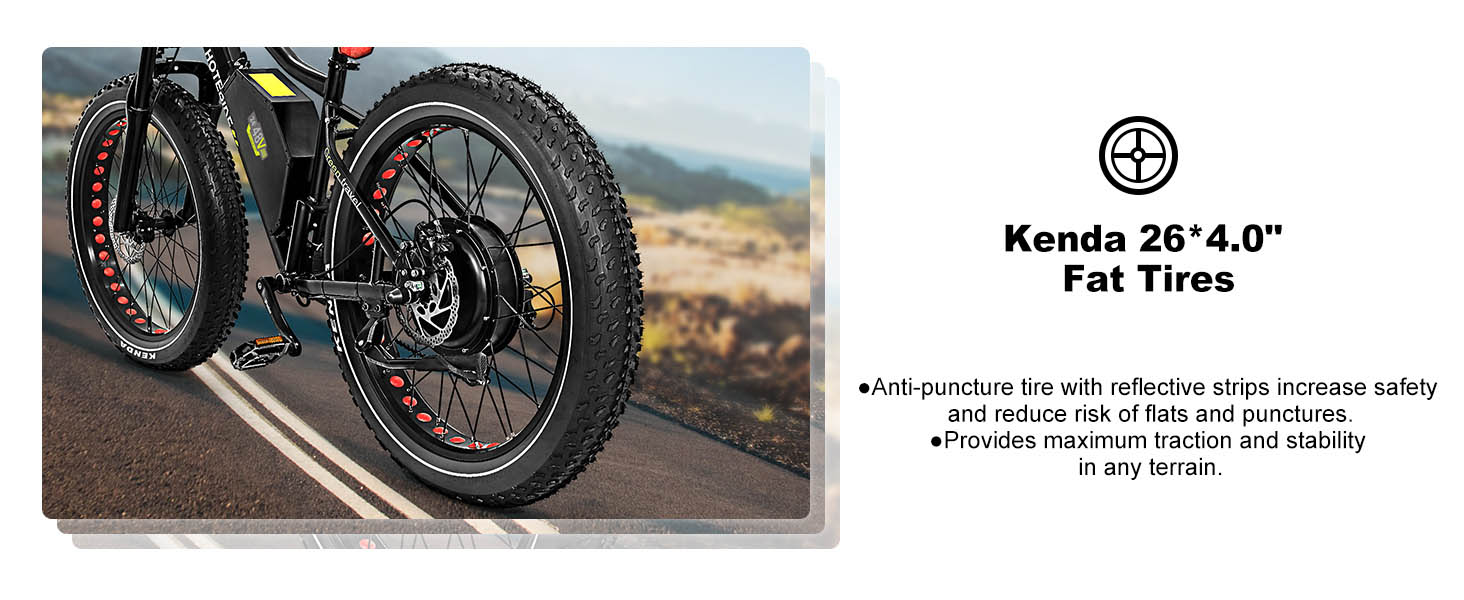Winter poses unique challenges for cyclists, with icy roads, poor visibility, and cold temperatures. As an avid cyclist, it is crucial to understand the risks associated with winter cycling and take necessary precautions to ensure your safety on the road. In this blog post, we will discuss the potential hazards you may encounter and provide tips to minimize these risks.

Icy Roads:
One of the biggest challenges for winter cyclists is icy roads. As the temperature drops, moisture on the pavement can freeze, creating slippery surfaces. It’s essential to be cautious and adjust your riding style accordingly. Reduce your speed, brake gently, and avoid making sudden turns or movements that could cause you to lose control.
When the wheel is pressed up, it is easy to slip and the risk of accidents is high. When the temperature is below zero, you may pay attention to whether there is ice on the road surface, or it is relatively safe above zero, but if the temperature hovers around zero, it is easy to relax your vigilance, especially when entering a curve, you must slow down. Never brake in a curve. Front wheel skidding in particular is extremely dangerous because it can easily cause you to fall without warning.
Reduced Visibility:
Dark winter mornings and evenings, along with fog and precipitation, can significantly reduce a driver’s ability to see cyclists. To enhance your visibility, invest in reflective clothing and accessories, such as jackets, vests, or ankle bands. Additionally, use front and rear bike lights, and consider attaching reflective tape to your helmet, pedals, and frame.
Limited Traction:
Cold weather can affect the grip of your tires on the road, reducing traction and making slips and falls more likely. To improve traction, consider purchasing tires that are specifically designed for winter use, which have deeper treads to better grip icy or snowy surfaces. Additionally, check your tire pressure regularly and make sure it’s appropriate for winter riding.

Cold Temperature and Hypothermia:
In the winter, there is a huge difference in temperature between morning and midday, and it gets dark much earlier. Even if the weather is nice and sunny, it can feel very cold at 3 or 4 pm. In some cases, the temperature can be above freezing, above 10°C, or even higher, and you can freeze to death. One is never a fantasy!
Dressing in multiple layers wicks away heat and moisture to ensure your body stays warm and dry. A warm base layer, windproof outerwear, insulated gloves and socks are essential gear for winter riding. Remember to protect extremities such as the head, hands and feet as they are more susceptible to frostbite. Replenishing your body temperature with food and hot water at all times is also a very useful way to prevent hypothermia.
Limited Daylight Hours:
Winter means shorter daylight hours, increasing the likelihood of cycling in low light or dark conditions. Choose well-lit routes and avoid poorly lit areas or roads with heavy traffic. Make sure your bike lights are fully charged and have a spare battery or spare light on hand just in case. Consider using a headlamp to improve your visibility and make it easier for motorists to see you.
Debris and obstacles:
Debris such as fallen leaves, branches and even ice can be on winter roads, and this debris can increase the risk of an accident. Stay alert and scan the road ahead to avoid these obstacles. Keep a safe distance from parked cars, as they may have snow or ice that could suddenly slide onto the road.
Road surface changes:
Freeze-thaw cycles can cause cracks and potholes in the roadway. These road surface changes can be dangerous for bicyclists, especially when covered in snow. Exercise caution and be prepared to adjust your path to avoid any potential hazards.
While winter riding can be an enjoyable adventure, it’s important to understand and minimize the risks associated with it.
Biking in the snow is more about having fun. Don’t go for speed or distance. When you are done having fun, go home and rest.
There is no problem with cycling in winter. Of course, the effects of cold winter temperatures and weather conditions vary from person to person, and riders should act within their means. After all, physical health and safety are primary concerns.
 hotebike
hotebike